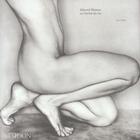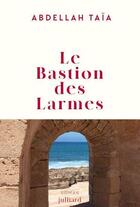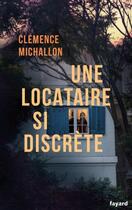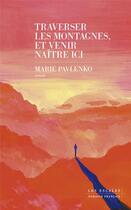Résumé:
Edward Weston (1886-1958) was born in Illinois. In 1911, he opened a studio in California where he achieved success as a commercial photographer, making portraits in the popular, soft-focus, pictorialist style of the time. However, after meeting Alfred Stieglitz, Paul Strand and Charles Sheeler... Voir plus
Edward Weston (1886-1958) was born in Illinois. In 1911, he opened a studio in California where he achieved success as a commercial photographer, making portraits in the popular, soft-focus, pictorialist style of the time. However, after meeting Alfred Stieglitz, Paul Strand and Charles Sheeler in 1922, he began to adopt a more straightforward and realistic style of photography.
In 1922 Weston made his seminal photographs of the Armco Steelworks in Ohio: his break with pictorialism is evident in the simplicity and clarity of his sharply focused image of a row of smokestacks. The following year, Weston moved to Mexico where he continued to experiment with 'straight photography' in a series of nude studies of Tina Modotti, his lover and collaborator over the next few years. Alongside his nude portraiture - which later included a large body of work on his wife, Charis Wilson - Weston embarked on a period of sustained work on the American West in the 1930s, enabled by the award of a Guggenheim grant (the first ever to be awarded to a photographer). He continued to concentrate on broad, dramatic landscapes towards the end of his life and took his last photographs at Point Lobos in 1948, two years after tragically developing Parkinson's Disease. He died at home on January 1, 1958.
The essay by Amy Conger concentrates on the relationship between Edward Weston's nudes and his work in other genres. Throughout the book, the juxtaposition of Weston's still-lifes and landscapes with his various nude studies highlights the continuities which are evident in Weston's photography and which Conger attributes to his overwhelming fascination by form. This new approach to Weston's work, illustrated with many beautiful and striking images, renders this book an absorbing document for the specialist, as well as an accessible introduction.
Donner votre avis















